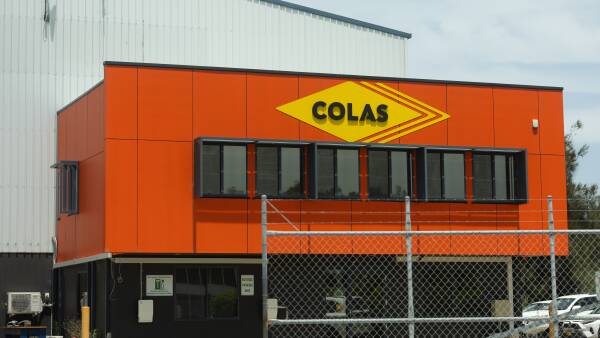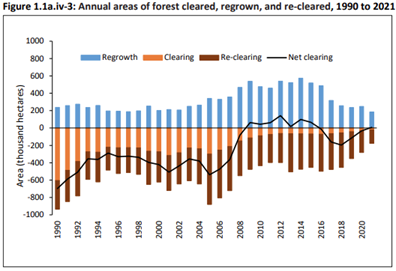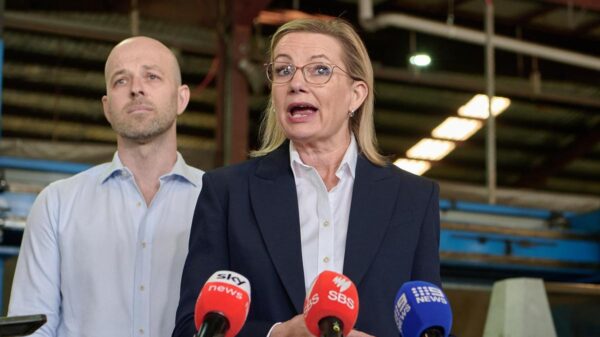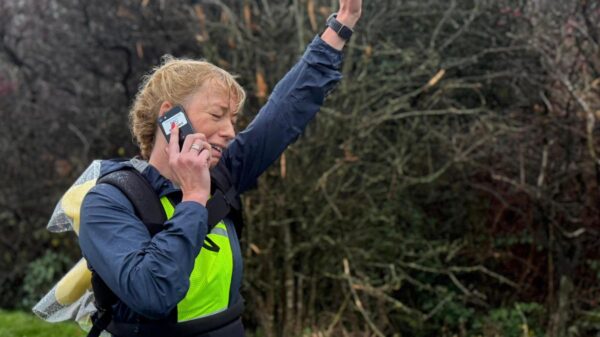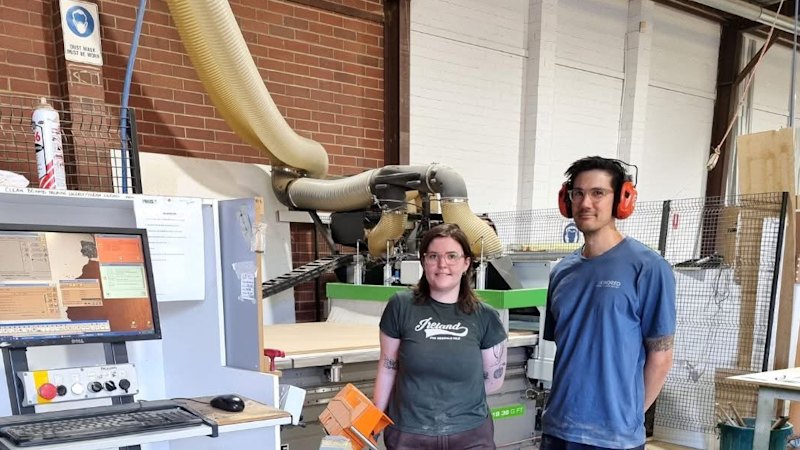BREAKING: New data reveals a dramatic shift in Western Australia’s job landscape as university graduates grapple with underemployment, prompting many to pivot towards trade professions. This trend follows a significant drop in university enrolment rates, now at just 27 percent of school-leaving students in 2025.
At 34 years old, Simon Ashby made a life-changing decision to leave his office job after nearly a decade. Now 38, he recalls feeling “a bit depressed” in his previous role, realizing he was “putting in 100 percent effort for no reward.” Encouraged by his wife, Ashby took the plunge, becoming an apprentice for a cabinetmaker in Perth, and later enrolling at North Metropolitan TAFE.
“I always thought it might be too late,” Ashby stated. “But it wasn’t. I finally have a career I am passionate about.” Ashby is now a finalist for WA Apprentice of the Year 2024, highlighting the growing recognition of trade skills in the workforce.
The shift towards vocational education and training (VET) is stark, with publicly funded enrolments at WA TAFE colleges increasing by 25.5 percent since 2020. This change is fueled by a state government initiative offering low-fee and fee-free TAFE courses, particularly in construction trades. As Skills and TAFE Minister Amber-Jade Sanderson announced, six new construction trades will be added to this initiative starting in January 2026.
“We’re addressing key economic pinch points, especially in housing and clean energy infrastructure,” Sanderson emphasized. “You are guaranteed a job if you pursue an electrical trade. They are secure and well-paid jobs in Western Australia.”
According to Jobs and Skills Australia, over 90 percent of new jobs will require post-secondary qualifications, with 44 percent specifically needing vocational qualifications. A spokesperson for the Department of Training and Workforce Development highlighted the urgency for school-leavers to recognize diverse educational pathways.
While the number of students opting for traditional ATAR courses declines, the interest in TAFE and vocational careers is on the rise. This shift comes as a recent report from Pearson, titled Lost in Translation, indicates that university graduates face increasing challenges with underemployment and job uncertainty.
The 2024 Graduate Outcomes Survey revealed that full-time employment for undergraduates fell to 74 percent nationally, while entry-level job availability has dwindled, constituting less than 11 percent of advertised positions in 2024. Pearson’s country head, Taha Haidermota, stated, “We lose $104 billion a year during the transition period between education and work.”
The report also highlighted that young people in WA face an unemployment rate of approximately 10 percent, nearly double that of the broader economy. Haidermota urged the government and employers to explore innovative hiring solutions, such as internships and apprenticeships, particularly in the resource sector where up to 50 percent of WA’s workforce is employed.
“Continuous learning and reskilling are essential,” he noted. “We have too many workers whose new skills we don’t know how to utilize.”
As Western Australia navigates this evolving job market, the emphasis on vocational training is more critical than ever. With students increasingly considering trade professions as viable career paths, the importance of comprehensive education systems that support diverse career strategies cannot be overstated.
Stay tuned for more updates on this developing story as the job market continues to evolve.

